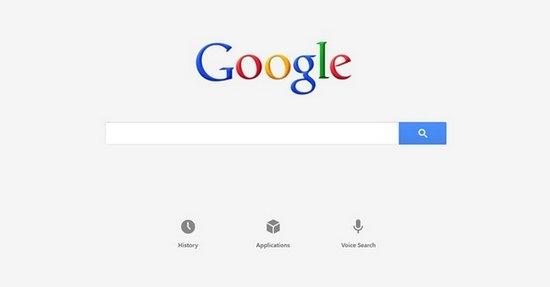Web search engines have marked everyone's life by transforming how one searches and accesses information. Search engines give special attention to the user interface, especially search engine result pages (SERP). The well-known ''10 blue links'' list has evolved into richer interfaces, often personalized to the search query, the user, and other aspects. More than 20 years later, the literature has not adequately portrayed this development. We present a study on the evolution of SERP interfaces during the last two decades using Google Search as a case study. We used the most searched queries by year to extract a sample of SERP from the Internet Archive. Using this dataset, we analyzed how SERP evolved in content, layout, design (e.g., color scheme, text styling, graphics), navigation, and file size. We have also analyzed the user interface design patterns associated with SERP elements. We found that SERP are becoming more diverse in terms of elements, aggregating content from different verticals and including more features that provide direct answers. This systematic analysis portrays evolution trends in search engine user interfaces and, more generally, web design. We expect this work will trigger other, more specific studies that can take advantage of our dataset.
翻译:网络搜索引擎通过改变搜索和访问信息的方式对每个人的生活都做了标记。 搜索引擎特别关注用户界面, 特别是搜索引擎结果页面( SERP ) 。 众所周知的“ 10 蓝色链接” 列表已经演变为更富的界面, 通常与搜索查询、 用户和其他方面有关。 20多年后, 文献没有适当地描述这一动态。 我们用Google搜索作为案例研究, 展示了过去20年中SERP界面演变情况的研究。 我们用每年搜索最多的查询来从互联网归档中提取 SERP 样本。 我们利用这个数据集分析了SERP 在内容、布局、 设计( 例如, 颜色方案、 文本样式、 图形 ) 、 导航和文件大小方面是如何演变的。 我们还分析了与SERP 元素相关的用户界面设计模式。 我们发现SERP 正在变得更加多样化的元素, 将不同垂直内容集中在一起, 包括提供直接答案的更多特征。 我们使用这个系统化分析来描述搜索引擎用户界面界面的演变趋势, 以及更广义的网络设计。 我们期望这项工作将触发其他数据的好处。


